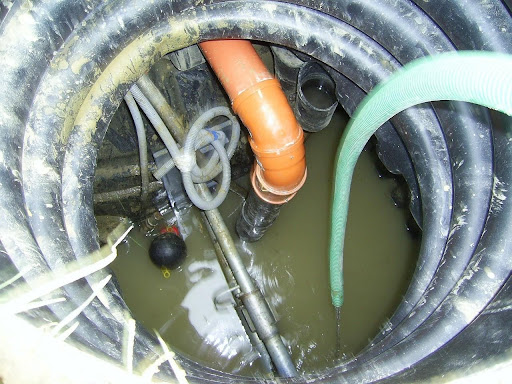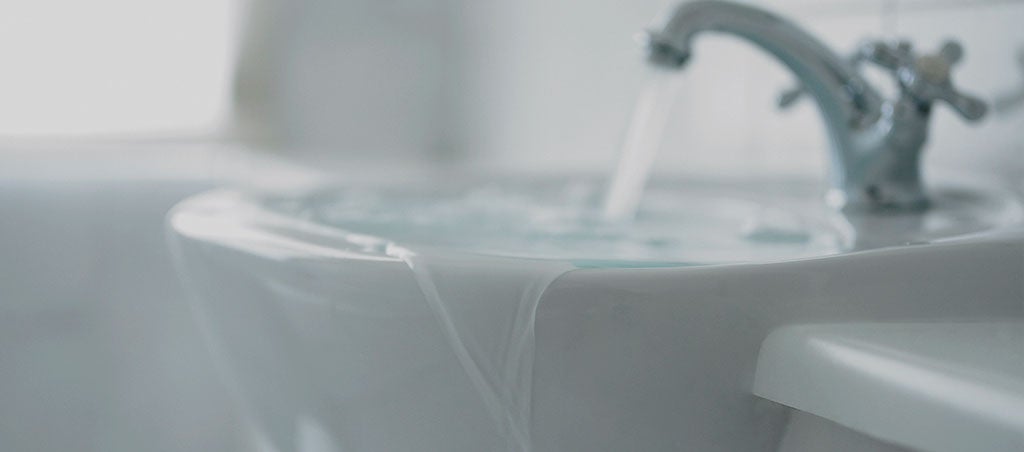Guidelines for Fixing a Blocked Drain Before Reaching out to Expert Help
Guidelines for Fixing a Blocked Drain Before Reaching out to Expert Help
Blog Article
How do you really feel when it comes to 8 Tips For Clearing A Blocked Drain?

Introduction
Handling an obstructed drainpipe can be a frustrating experience, interrupting day-to-day activities and possibly causing damage to your building. However, prior to reaching out to pipes specialists, there are steps you can take to attend to the problem on your own. In this guide, we'll check out DIY options and preventive measures to take on a blocked drain efficiently.
Identifying the Issue
The initial step in addressing an obstructed drain is recognizing the signs. Slow-moving water drainage, gurgling audios, foul odors originating from drains, or water backing up are common indications of a blocked drain. Determining these signs early can aid avoid even more issues.
Picking the Right Plumbing Service
When choosing a plumbing solution, consider aspects such as experience, licensing, and consumer testimonials. Pick a trusted plumbing with a performance history of top quality craftsmanship and clear rates practices.
Price Considerations
The price of specialist drainpipe cleaning company can vary depending on the seriousness of the blockage and the plumbing professional's rates. Request quotes from multiple companies and inquire about any kind of surcharges to ensure transparency and avoid shocks.
Security Precautions
When attempting do it yourself drain cleaning, prioritize safety and security. Wear safety gloves and eyewear to stay clear of contact with dangerous chemicals or germs. Never ever blend various drainpipe cleansing items, as this can create harmful fumes.
Situation Researches
Real-life instances highlight the efficiency of do it yourself services and the relevance of timely specialist intervention in dealing with drain blockages.
Typical Sources Of Blocked Drains
Understanding the factors that add to drain pipes obstructions is important for efficient resolution. Typical culprits include hair, soap residue, grease, food particles, and international objects like hygienic items or paper towels. Tree roots getting into underground pipelines can likewise create considerable obstructions.
DIY Solutions
For small clogs, a number of do it yourself solutions can be effective. Putting boiling water down the drain can assist liquify grease and debris. Sodium bicarbonate and vinegar or a combination of salt and cooking soda can act as natural cleaners. Making use of a plunger or plumbing snake to dislodge obstructions is one more alternative.
Devices and Equipment
Having the right devices available can make DIY drainpipe cleansing more effective. A plunger is a flexible device for removing obstructions in sinks, bathrooms, and showers. A plumbing snake or auger can reach deeper clogs, while drain cleansing chemicals can be made use of meticulously for stubborn blockages.
Preventive Measures
To stay clear of future clogs, embracing safety nets is important. Set up drain guards or strainers to catch hair and debris prior to they go into the pipelines. Regularly flush drains pipes with warm water to dissolve grease buildup, and prevent throwing away grease or strong waste down the tubes.
When to Call a Specialist
While do it yourself services can resolve small clogs, particular indications suggest the need for expert aid. Persistent obstructions, foul odors in spite of cleaning initiatives, or numerous drains backing up at the same time are red flags that necessitate professional treatment.
Verdict
By complying with the pointers laid out in this guide, you can properly tackle blocked drains pipes and stop future pipes problems. Whether selecting do it yourself services or seeking specialist support, prompt activity is essential to maintaining a healthy plumbing system and maintaining the integrity of your home.
WHAT I LEARNED FROM TRYING TO DEAL WITH A CLOGGED DRAIN
We have had our share of seepages and other annoying things that are part of living, especially in an apartment complex. And if there’s one thing that’s terrifying for a homeowner—or even someone in a rented home—it is a clogged drain, indoors or outdoors.
We enjoy our living space, but it’s simply a fact of life that dead skin, soap and a host of other items go down the drain; eventually, the residue builds up and prevents anything from moving. Ugh.
Not Calling A Professional
Of course, it might seem simple to just whip the pipe off under the sink and see if you can unblock it. Unfortunately, what if the blockage isn’t there, or you don’t reconnect it properly? Worse, you might break a piece and have no drainage system. Can you imagine that scene? Yuck!
Not Watching Your Waste
This will sound d’uh, but the best tip I can give you for drain cleaning is to avoid clogging the drain in the first place! You can do this by monitoring what goes down the drain and catching the items which are most likely to give you a problem. Invariably hair, vegetable peels, and large wads of toilet paper are the most obvious culprits. Add a filter—these are available in hardware stores and can be removed and cleaned easily.
Poking The Drain
The first urge with a clogged drain is to poke at it with a stick or anything that resembles a stick. Sadly, this does not result in magically solving the issue. The mental image is, naturally, one of the stick just pushing through the offending item and all is well again. Reality is quite different and unpleasant and likely to lead to further problems.
The thing is, every drain has a series of bends that are not visible to us. Drains are built this way to prevent gases from entering the house. What happens when you poke a stick into the drain? Of course, it can’t bend around the corner. The more adventurous people will use force and end up wedging the stick or causing it to break off in the pipe—creating an even bigger issue. Worst thing? The stick will shift the block further down the pipe, creating the space for more to collect. Go ahead! Roll your eyes!
Using The Wrong Plunger
You know what they say: the right tool for the right job! Did you know there are different types of plungers besides the basic one we keep at home for an emergency? Yes, there are. For example, the toilet plunger has a bell-shaped bottom while the sink plunger is flat. This is an important difference and using the wrong plunger will be useless. There’s also a knack in using plungers—they must be placed in such a way that they create an airtight seal and then, moved slowly up and down—not as fast as we imagine.
https://vidyasury.com/2018/01/learned-trying-deal-clogged-drain.html

Do you really like reading up on 8 Tips For Clearing A Blocked Drain? Create a review down below. We'd be delighted to find out your suggestions about this post. We are looking forward that you visit us again before long. If you please take the opportunity to promote this post if you enjoyed reading it. Thanks for your time. Come back soon.
Book Report this page